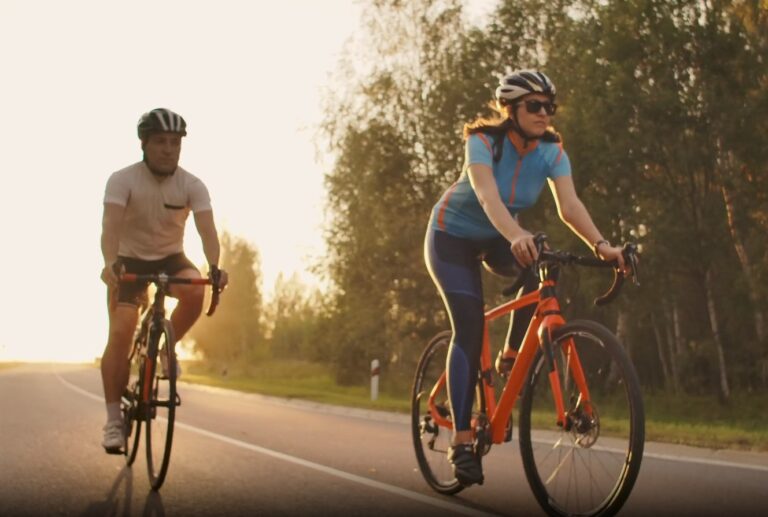Cycling is an exciting activity that keeps you active while maintaining good cardiovascular health and strengthening your joints. If you have a working bicycle and safety gear in your garage, you can easily start pedaling anywhere you want to. It’s also a versatile activity since you can ride alone or join a group of fellow cycling enthusiasts.
If you want to kick it up a notch, you can even join cycling competitions, like BMX, track cycling, or mountain biking, to show off your skills.
But considering cycling is still a physical sport, you risk injuring yourself if you overwork your body. There are many ways to treat and prevent them, and acupuncture is one of your options. Not many may know this, but cyclists can actually benefit from constant treatments, which we’ll discuss below.
Which Part of The Body Is Affected by Cycling?
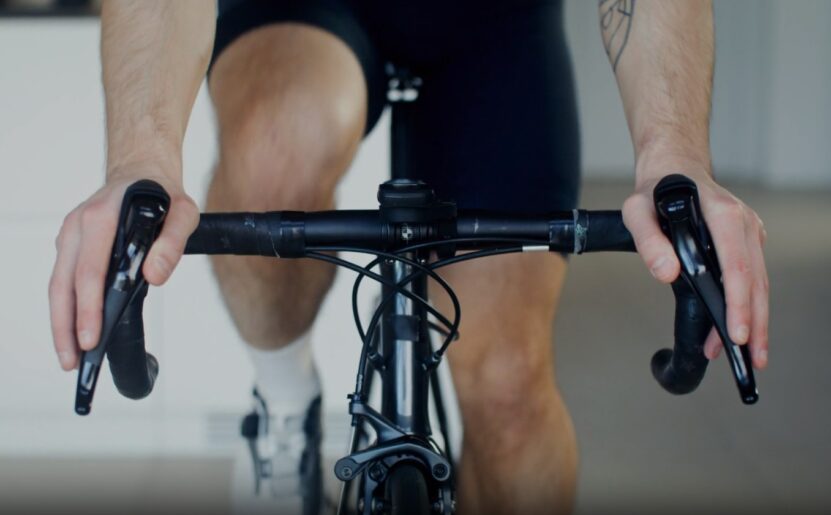
The part of your body most affected by cycling is your legs since they put the most effort into moving the pedals. Specifically, your calves, glutes, hamstrings, and quads get toner the more you do your cycling routine.
But if you’re passionate about cycling, it’s easy to lose track of time and realize you’re overworking your body. If you’re not careful, it can lead to various injuries, such as:
- Head trauma
- Neck or back pain
- Knee pain
- Wrist or forearm numbness
- Urogenital issues
- Foot numbness or tingling
What Should a Cyclist Do to Help Prevent Serious Injuries?

Wearing complete safety gear, keeping proper posture, and staying hydrated should generally prevent you from injuries during your cycling routines. However, repetitive motions or overusing your muscles can still lead to injuries or trauma to your body.
You can help prevent this with acupuncture treatments since it’s known to reduce pain, improve flexibility, and increase range of motion. It does this by inserting needles at certain points of your body to stimulate your nervous system and increase blood flow.
This relieves muscle tension, treating muscle knots, quad strains, and neck or back pain. It’s also shown to help improve your performance while lowering your pain intensity if you receive acupuncture before starting your cycling routine.
What Other Conditions Can Acupuncture Treat?

Aside from treating cycling injuries and muscle strains, you can also benefit from acupuncture if you have an acute or chronic illness. The great thing about acupuncture is that it helps you manage several physical and mental conditions, such as:
- Fibromyalgia
- Headaches and migraine
- Tennis elbow
- Osteoarthritis
- Asthma
- Allergic rhinitis
- Dysmenorrhea
- Insomnia
- Depression
- Anxiety
Its relaxing effects also help minimize insomnia or improve your sleeping habits so you wake up well-rested and energized for a day of cycling.
How Often Should I Do Acupuncture?
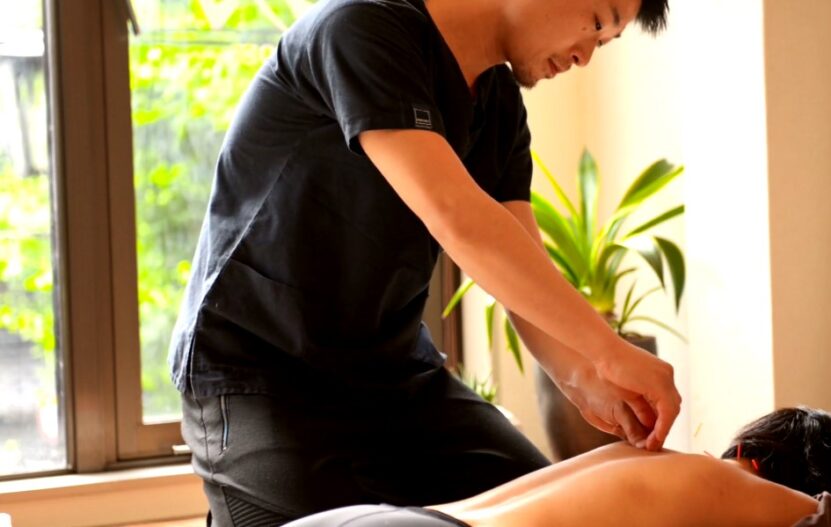
There’s no exact number of acupuncture sessions you need to do to see results since everyone reacts differently to the treatments. It will depend on the severity of your injuries, medical history, or health goals.
If you want to use acupuncture as a preventative measure for cycling injuries, 1-2 sessions a week should be sufficient. But if you’re looking to treat a musculoskeletal injury, you might need more sessions a week, depending on how your body reacts to the needles.
Once you see positive changes, your acupuncturist may adjust the frequency of your sessions from once a week to once a month until you’re completely healed.
Additionally, it’s essential to consider the role of lifestyle and activity level in determining session frequency. For avid cyclists, incorporating regular acupuncture sessions during training can help manage the physical stress exerted on the body.
On the other hand, during off-season or lighter training periods, the frequency of acupuncture sessions might be reduced as the physical demand on your body decreases.
Can I Ride My Bike After Acupuncture?
After an acupuncture session, your practitioner advises you to take it easy for a few days. You can ride your bike after your treatment, but keep it light.
Even if you feel a burst of energy after acupuncture, it’s still best to avoid strenuous exercises and let your body rest for a couple of days instead. This will ensure you get the full benefits of your treatment and allow your body to recover.
When Should You Not Use Acupuncture?
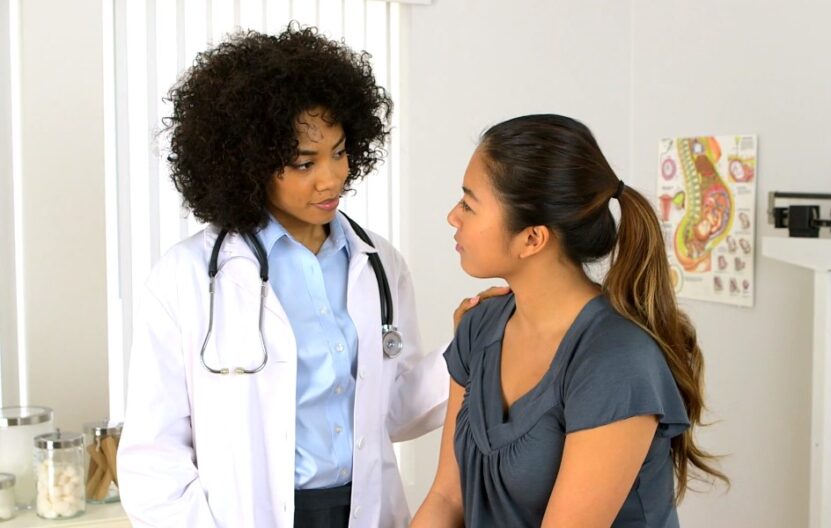
If you have acute or chronic diseases, it’s best to talk to your doctor before you book your first session to ensure acupuncture treatments won’t exacerbate your condition.
But if you have a metal allergy, a bleeding disorder, or are taking blood thinners, acupuncture may not be the best treatment for you. If you have a pacemaker, alert your acupuncturist since treatments with mild electrical pulses may interfere with your device.
Although acupuncture is generally safe for pregnant people, talk to your doctor first, and let your acupuncturist know so they can avoid acupoints that may stimulate labor. The majority of practitioners concur that the following conditions should not be treated with acupuncture: active infection, particularly cutaneous; malignancy because there may be a risk of the spread of neoplastic cells; and severe neutropenia as a result of the risk of infection.
Otherwise, the practitioner is in charge of making decisions. The following contraindications for its application enhance the safe application of acupuncture. According to the Acupuncture Association of Chartered Physiotherapists, there are two categories in which acupuncture contraindications should be divided:
Absolute contraindications: Acupuncture usage is not permitted.
Relative contraindications: Acupuncture can be utilized, but the risk factors must be carefully taken into account.
It is challenging to cite certain absolute contraindications for this style of acupuncture, according to the World Health Organization Guidelines on Basic Training and Safety in Acupuncture
Exploring Complementary Therapies For Cyclists
In addition to acupuncture, there are other treatments that cyclists can explore to enhance recovery and performance. One such treatment is platelet-rich plasma (PRP) therapy, which has gained attention in the sports medicine community.
It involves utilizing a portion of the patient’s blood to promote the healing of injured joints, ligaments, muscles, and tendons. This approach aligns with acupuncture’s principle of using the body’s natural mechanisms for healing and recovery.
For a deeper understanding of how PRP therapy can be beneficial, particularly for conditions like tennis elbow, which cyclists might experience, platforms such as Selphyl Ortho offer insightful information.
Their research and findings provide valuable insights into non-invasive treatments that complement traditional methods like acupuncture, presenting a holistic approach to injury prevention and recovery for cyclists.
Looking for An Acupuncture Clinic?
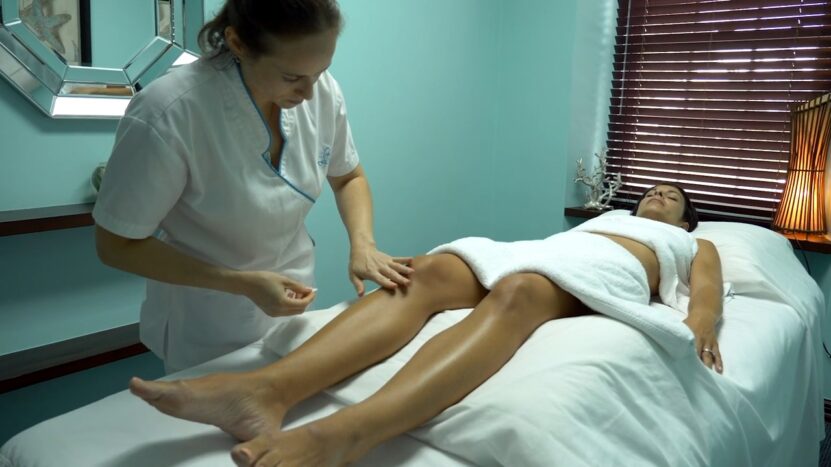
If you want to try out acupuncture to help improve your performance as a cyclist, book your treatment at Lycoming Orthopedic & Sports Acupuncture. They have a team of licensed professionals who ensure each of your sessions caters to your symptoms and health goals.
They also offer dry needling, electrostimulation, cupping, and corrective exercise treatments to help you get your body back into top shape. If you have questions or inquiries, contact their team now and book your first session.
How to Choose an Acupuncturist?
Choosing an acupuncturist involves assessing qualifications, experience, and treatment approach. Seek referrals, schedule consultations, and consider hygiene, cost, and comfort. Ensure the acupuncturist`s expertise aligns with your needs and preferences. Trust your instincts and select someone who provides safe, effective, and personalized care.
How to Choose an Acupuncture Clinic?
Choosing the right acupuncture clinic involves thorough research and consideration of various factors. Start by researching clinics in your area and checking the qualifications and credentials of the acupuncturists. Reading reviews from previous clients provides valuable insights into the acupuncture clinic`s reputation and the quality of care provided.
Visit the clinic to assess the cleanliness, ambiance, and professionalism of the staff. Inquire about the treatment approaches offered and discuss treatment plans and fees to ensure they align with your needs and budget. Consider the clinic`s accessibility and convenience in terms of location and operating hours. Seek referrals and schedule consultations with acupuncturists to discuss your health concerns and treatment goals.
Conclusion
Acupuncture is a valuable adjunct therapy for cyclists, offering pain relief, improved recovery, and enhanced performance. By addressing specific issues such as muscle tightness, inflammation, and injury prevention, acupuncture can contribute to cyclists' overall well-being and cycling experience. Incorporating your acupuncture into your routine can complement other proactive measures.

